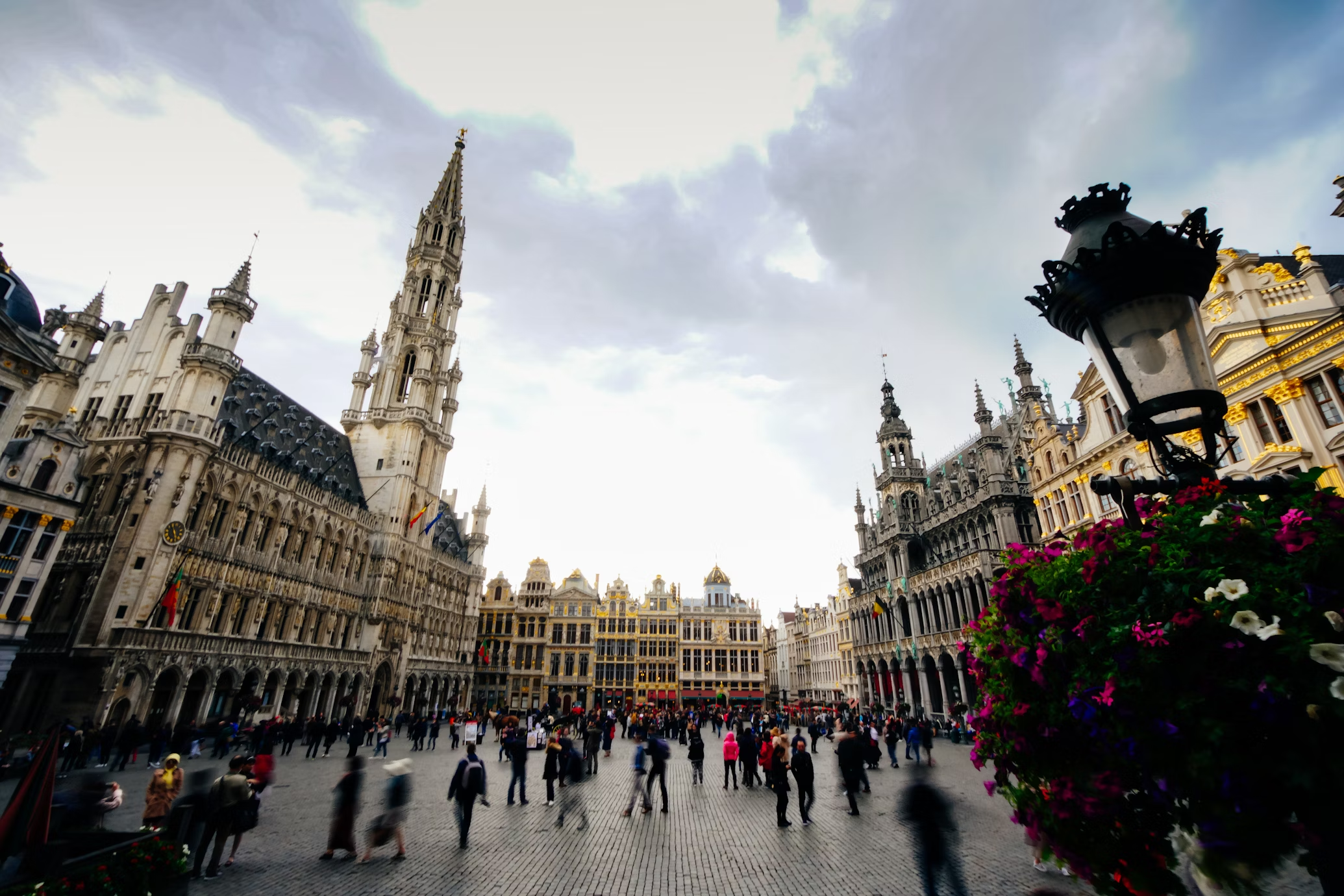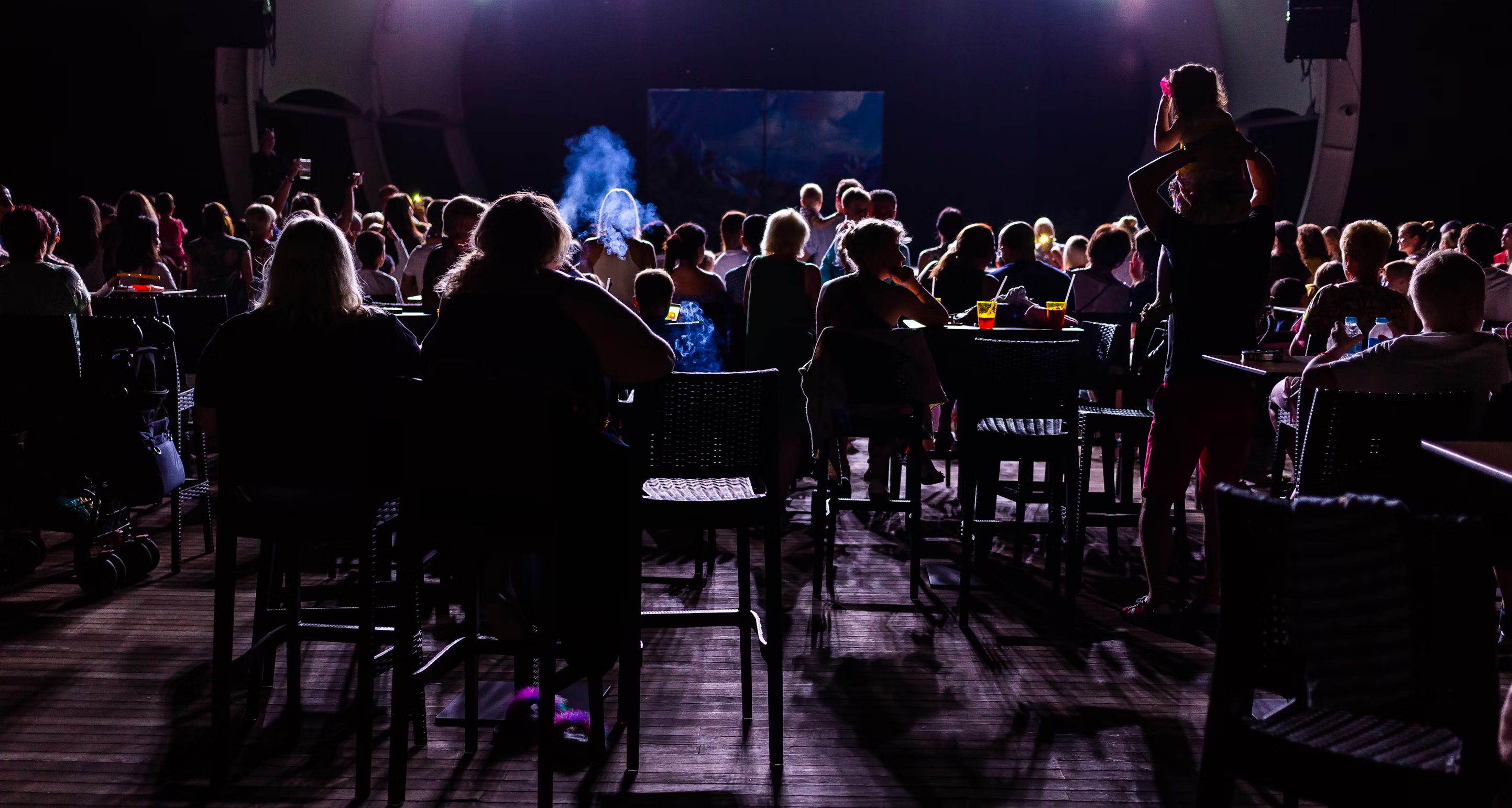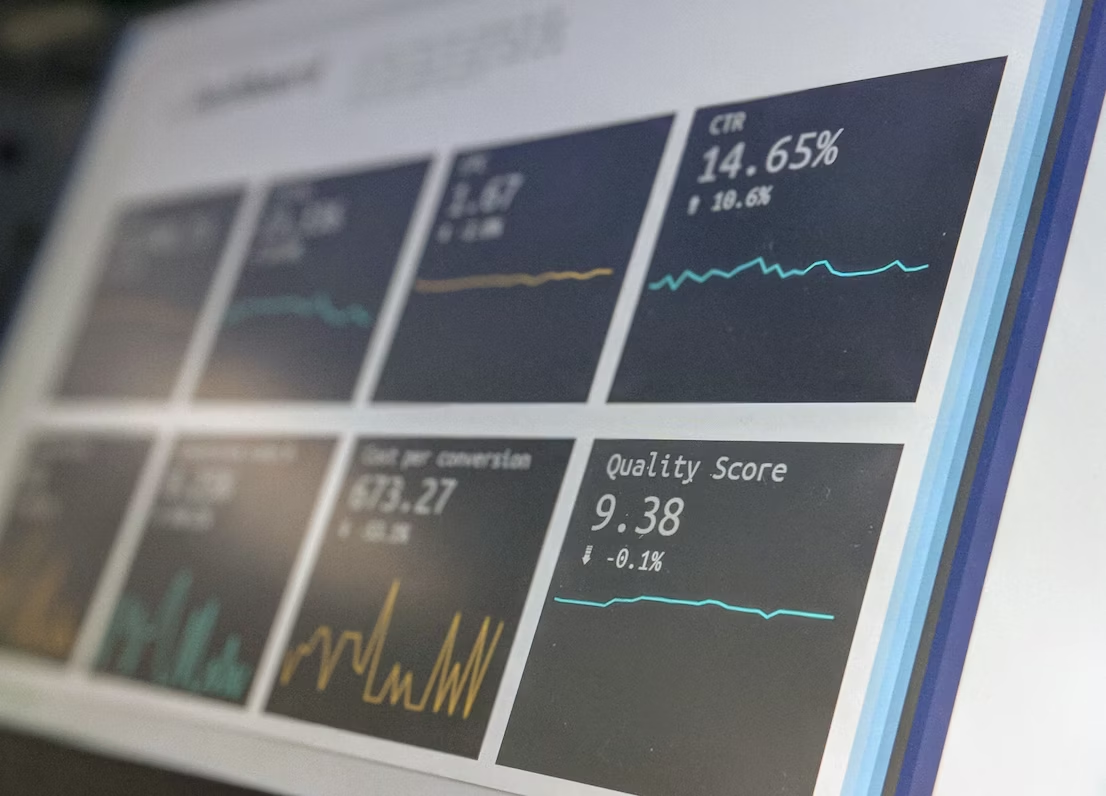When travelers visit a new city, they don’t just look for restaurants, museums, and landmarks - they also seek memorable cultural experiences. For many, attending a theater performance is at the top of that list. But there’s a barrier that often stops tourists from buying a ticket: language.
This is where surtitling (live captions displayed above or near the stage) becomes more than an accessibility feature -it becomes a powerful tourism and marketing tool. In this article, we’ll explore how theatres can use captions to attract visitors, boost ticket sales, and enhance the cultural experience for audiences from all over the world.
The intersection of captions and cultural tourism
Cultural tourism is big business. According to UNWTO (United Nations World Tourism Organization), more than 40% of all international tourists engage in cultural activities during their trips. Theatres are prime beneficiaries—if they can make performances accessible.
For non-native speakers, even world-class productions can feel intimidating if they worry they won’t understand the dialogue. Captions bridge this gap, opening the door for a wider pool of visitors to consider a night at the theatre.
When theatres promote surtitling in multiple languages, they’re not just serving existing audiences better—they’re actively positioning themselves as part of the tourist itinerary.
Why tourists value surtitles
Tourists often choose activities that:
- Require little prior knowledge of local customs or language.
- Offer a “premium” local experience they can’t get back home.
- Fit into a limited schedule and deliver a memorable story.
Surtitles meet all three needs:
- They make even language-heavy productions accessible to non-native speakers.
- They showcase local art while ensuring comprehension.
- They turn a potentially confusing experience into a culturally rich and enjoyable one.
In short: captions remove the friction that stops visitors from saying “Yes, let’s book it.”
The marketing advantage: targeting multilingual audiences
Theatres can leverage surtitles as a marketing hook in several ways:
Language-specific campaigns
By offering surtitles in major tourist languages (English, Mandarin, Spanish, French, etc.), you can run targeted ads on platforms like Google, Instagram, or TripAdvisor specifically for travelers from those regions. Imagine a French tourist searching “things to do in London theatre” and finding a result that says:
“Now with French surtitles — see the city’s best plays in your language.”
Collaborations with tourism boards and hotels
Tourism boards are constantly looking for events to promote. A theatre offering multilingual surtitles becomes a natural partner. Similarly, hotels often provide “concierge picks” — including a theatre performance that’s accessible in a guest’s native language can help both the hotel and the theatre shine.
Partnerships with cultural institutions
Cultural embassies and language schools may be willing to sponsor certain performances if they align with their mission of promoting cultural exchange.
Making surtitles part of the experience
Good surtitling isn’t just a technical feature—it’s part of the artistic and audience experience.
- Placement matters: For in-person audiences, surtitles should be positioned where they’re easy to read without distracting from the stage action.
- Tone and style: The language in captions should preserve the rhythm and personality of the original dialogue.
- Multilingual displays: With modern systems like Captitles, theatres can display surtitles in different languages simultaneously - on projection screens, LED panels, or even personal devices.
When surtitles are done well, they don’t just provide understanding—they enhance immersion.
Technology as the enabler
In the past, offering surtitles in multiple languages required extensive manpower: multiple translators, a cueing operator, and expensive projection equipment. Today, AI-driven tools have lowered both the cost and complexity.
For example, with Captitles:
- Scripts can be translated quickly using AI-assisted tools, then reviewed by a human for quality.
- Real-time dialogue recognition can automatically trigger the correct surtitles.
- Mobile delivery means visitors can view captions discreetly in their chosen language.
This makes multilingual surtitling more scalable, even for smaller venues that don’t have the budget of major opera houses.
Real-world examples of surtitles boosting tourism
The opera model
Opera houses have long been leaders in surtitling, offering translations in several languages for global audiences. This tradition makes opera accessible to tourists who might not speak the language of the libretto.
Shakespeare in translation
London’s Globe Theatre occasionally offers productions with surtitles for non-English-speaking groups. These nights often sell out faster among tour operators catering to school groups and cultural tourists.
Festivals and touring productions
International theatre festivals use surtitling as a way to market shows from different countries to local audiences. The Edinburgh Festival Fringe, for example, has seen growing adoption of surtitling technology to appeal to global attendees.
Measuring the impact: tourism-focused ROI
It’s one thing to say surtitles help tourism—another to prove it. Theatres can measure their impact with a few simple metrics:
- Ticket sales to international buyers: Track postcode or billing address data to identify out-of-country attendees.
- Language selection in caption systems: See which languages are most in demand.
- Hotel and tourism referrals: Track bookings coming through partnered channels.
- Audience surveys: Ask tourists if surtitles influenced their decision to attend.
By tying surtitling to measurable sales data, theatres can justify ongoing investment in the feature.
Common challenges and how to overcome them
Perception of distraction
Some worry that surtitles will draw the eye away from the stage. This can be mitigated by careful screen placement and styling that complements the set design.
Translation accuracy
Poorly translated surtitles can harm the experience. Use AI tools for speed but always review with native speakers for nuance and tone.
Marketing awareness
Simply offering surtitles isn’t enough—they need to be actively promoted. Include them on event listings, social media posts, and ticketing pages in all relevant languages.
The long-term tourism benefits
When a theatre becomes known as a tourist-friendly venue, the benefits compound over time:
- Repeat visits: Tourists who enjoyed a captioned performance may return on future trips.
- Word of mouth: Visitors share their experience with friends and online review sites.
- Inclusion in travel guides: Well-promoted surtitles can earn a spot in “top things to do” lists for the city.
Over time, the venue becomes part of the cultural identity of the city for both locals and visitors.
Final thoughts
Captions and tourism may seem like separate worlds, but they share a common goal: bringing people into spaces where they can connect with culture. For theatres, surtitling is not just an accessibility feature—it’s a bridge to a wider audience, a marketing advantage, and a source of measurable revenue from global visitors.
In the competitive world of cultural tourism, being the theatre that says “Yes, we have surtitles in your language” could be the difference between an empty seat and a sold-out night.









